Archive
Newsletter Articles
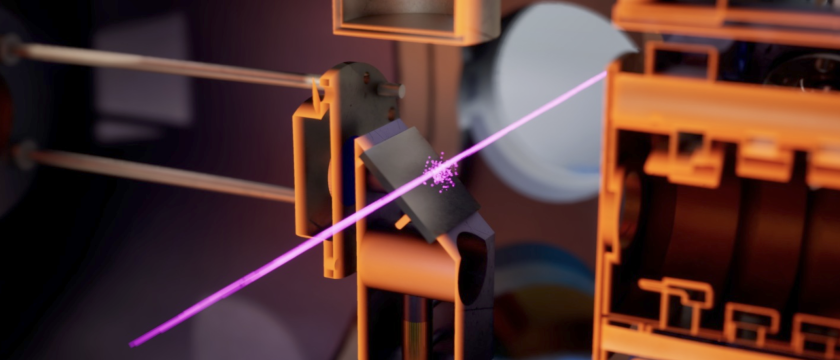
…
March 2024 - June 2024
A significant breakthrough has been achieved at CERN by the AEgIS experiment. Researchers successfully cooled a sample of positronium using a laser, paving the way for a new era in antimatter research. This accomplishment, reported in Physical…
Read MORE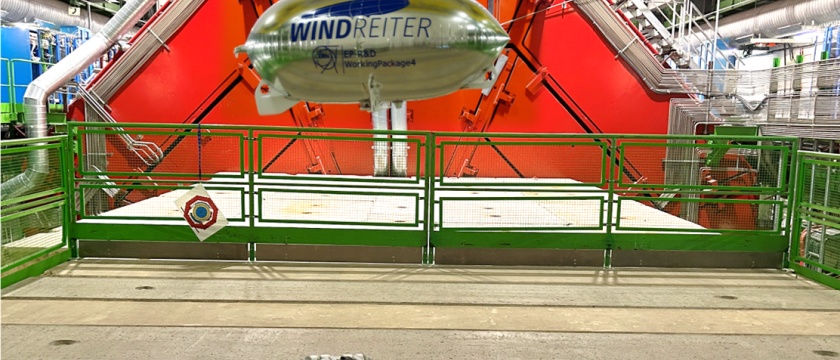
…
March 2024 - June 2024
In 2020, CERN's Experimental Physics Department launched an ambitious project of research and development (EP R&D) for future detectors technologies. This comprehensive initiative tackles advancements in various areas, including sensors,…
Read MORE
…
March 2024 - June 2024
On January 27th, at the Maison des Amis Montagnards in Geneva, friends, colleagues from CERN, and numerous ISOLDE users said the last goodbye to Bruce Marsh, who has been one of the main innovators of the laser ion sources at ISOLDE that have …
Read MORE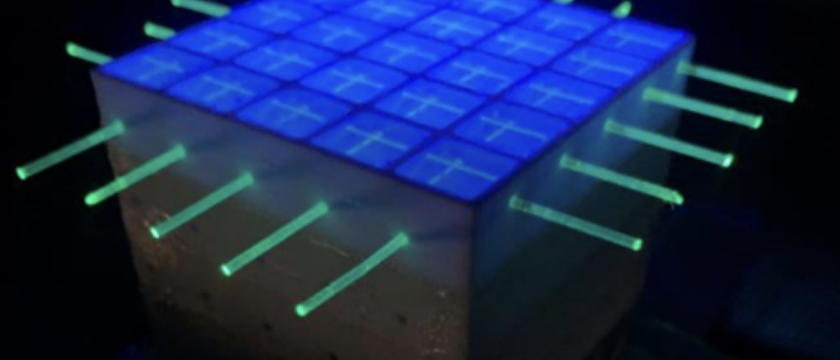
…
March 2024 - June 2024
Plastic scintillator detectors, which are cost-effective due to the affordability of plastic materials, are extensively employed in high-energy physics experiments. They play a crucial role in identifying and tracking particles, conducting time-of-…
Read MORE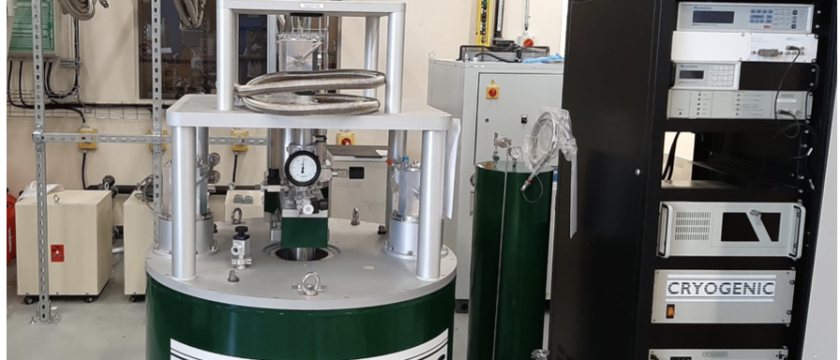
…
March 2024 - June 2024
Nowadays, one of the most important issues that human beings are facing is the fact that reducing carbon emission is extremely necessary. New materials for a sustainable future are required for the world to become climate neutral. The huge demand…
Read MORE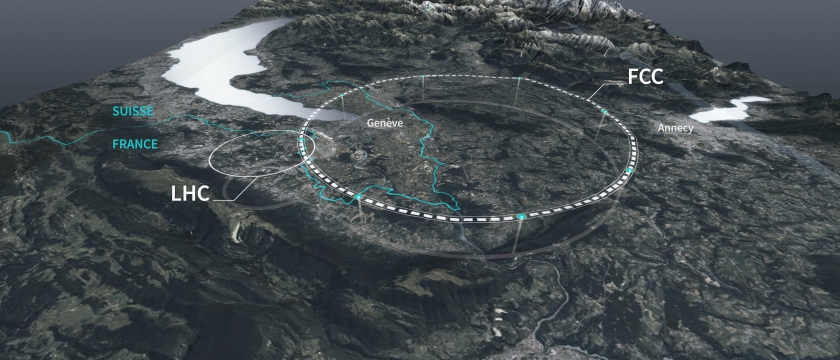
…
March 2024 - June 2024
The seeds of the Future Circular Collider (FCC) were sown a decade ago at a pivotal meeting of physicists at the University of Geneva in 2013. This gathering responded to a call from the European Strategy for Particle Physics, which highlighted the…
Read MORE
…
March 2024 - June 2024
In 2012 the ATLAS and CMS collaborations discovered a new particle that – within the present theoretical and experimental uncertainties – is consistent with the predictions for the Higgs boson of the Standard Model (SM) at a mass of about 125 GeV.…
Read MORE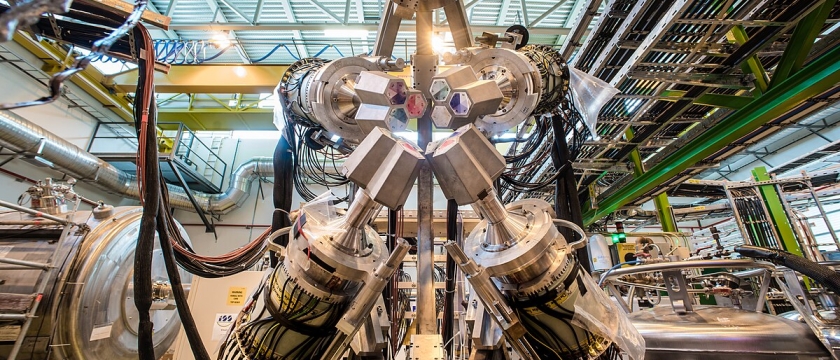
…
December 2023 - February 2024
Atomic nuclei come in all manner of shapes and sizes, sometimes at the same time! The reason behind this diversity lies in poorly understood nuclear forces. Many features of these forces only came to light when studying very unstable nuclei, which…
Read MORE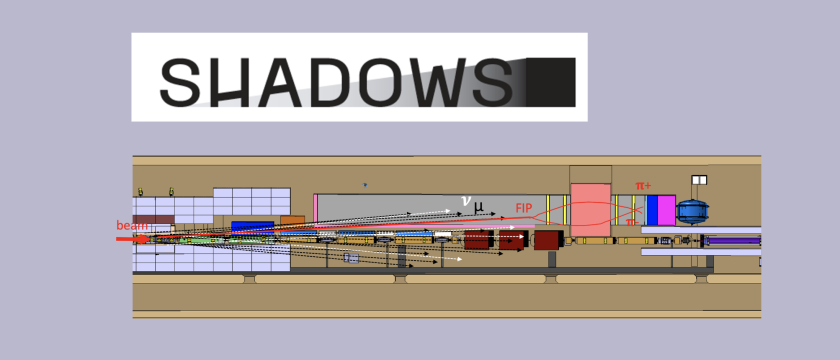
…
December 2023 - February 2024
In recent years, the physics of feebly-interacting particles (FIPs) has received considerable and growing attention from the broad HEP community, motivated by both existing data, and by the appeal of simple extensions of the Standard Model to…
Read MORE
…
December 2023 - February 2024
Atmospheric aerosols are tiny solid or liquid droplets suspended in the air. They are all around us, emitted from a variety of natural and anthropogenic sources. Although aerosol particles are too small to be seen with the human eye, they have a…
Read MORE